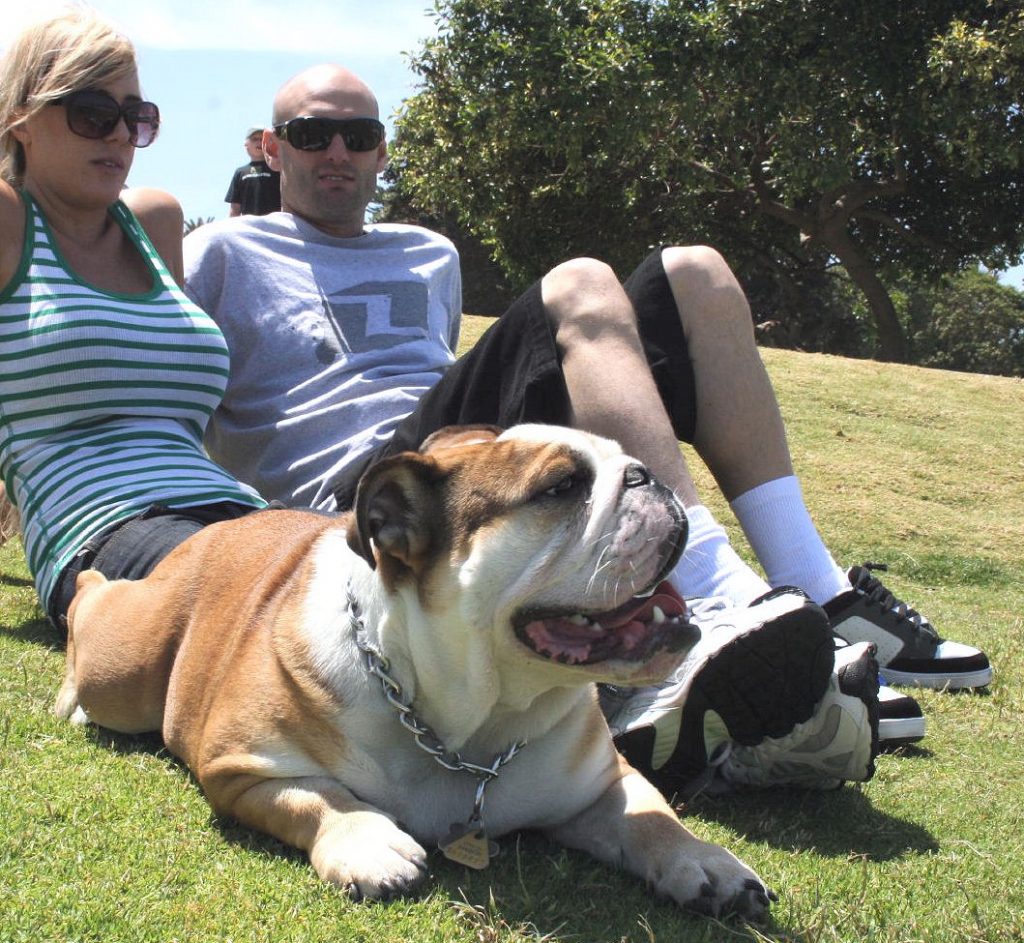 Ever since man first decided to take a wild animal into his cave, he’s held a variety of expectations for his companion’s behavior. Early on, the pet was supposed to guard the territory, to hunt and assist in battle, and eventually to become a good friend. Now, however, people still want pets for many of the same reasons – for companionship, for fun, for protection – but they also want more from them. Most pets today have been domesticated – they’re not outdoor farm animals excluded from the family’s daily life. Pets are now supposed to look gorgeous, to obey every command, to perform for company, not to soil the Oriental carpet, not to bite the baby, not to be afraid of every thunderstorm or passing car. Sometimes, we want our pet to take the place of a spouse or best friend. The emotional baggage is heavier these days and sometimes it is an impossibly difficult burden for a pet. No wonder a score of problems begins to appear when a dog or cat tries to adjust to a family’s expectations.
Ever since man first decided to take a wild animal into his cave, he’s held a variety of expectations for his companion’s behavior. Early on, the pet was supposed to guard the territory, to hunt and assist in battle, and eventually to become a good friend. Now, however, people still want pets for many of the same reasons – for companionship, for fun, for protection – but they also want more from them. Most pets today have been domesticated – they’re not outdoor farm animals excluded from the family’s daily life. Pets are now supposed to look gorgeous, to obey every command, to perform for company, not to soil the Oriental carpet, not to bite the baby, not to be afraid of every thunderstorm or passing car. Sometimes, we want our pet to take the place of a spouse or best friend. The emotional baggage is heavier these days and sometimes it is an impossibly difficult burden for a pet. No wonder a score of problems begins to appear when a dog or cat tries to adjust to a family’s expectations.
Animals have a way of communicating that’s difficult to describe. They have a sixth sense about human reactions and problems, and they seem to know what to do in a given situation. Let’s say you come home from a hard day’s work, and there’s King, your beloved Labrador Retriever. Somehow, he senses that you’re tired, that your boss nagged you about that contract all day. So he lies down and rolls over for you – without you having to say a thing. He makes you laugh; he eases your mood.
Pets don’t demand much of us-some food and water, shelter from the elements, and an occasional scratch on the head. They are truly our best pals, loyal to the core. When we say that someone actually looks like his dog or cat, the animal may well have adopted his owner’s personality. Nervous owners generally have dogs or cats that look anxious and worried; happy, contended owners usually have smiling pets.
Pets may not demand much, but they get an enormous amount – more than we realize. They can bring families together: the time spent training an animal, taking him to the veterinarian, going for walks, even changing the litter box and feeding, is time spent together as a family. Or, say the family is sitting around after dinner, reading and playing cards and there’s no pet present. The situation is relatively static. But if the dog suddenly wakes up and starts chasing the cat, the family has to pay attention. The incident starts conversation; it facilitates a switch in interest. The animals have acted as social and psychological catalysts for the entire group. We now of instances in which pets have reunited fighting couples and cemented family bonds that were slowly becoming unstuck.
Pets are enormously accepting a human behavior, too. They take us on with all our neuroses and problems and never protest – no matter how they may be affected adversely by our shifting moods. They never complain when we are moody or unreasonably annoyed with them. They cheer us up, they stay with us when we’re angry or sad, they don’t question our demands. They’re not just friendly, passive catalysts; rather, they are involved participants in whatever life we choose to give them. It is our responsibility, therefore, to be aware of what they’re going through and to try to provide them with a varied and stimulating set of experiences.
